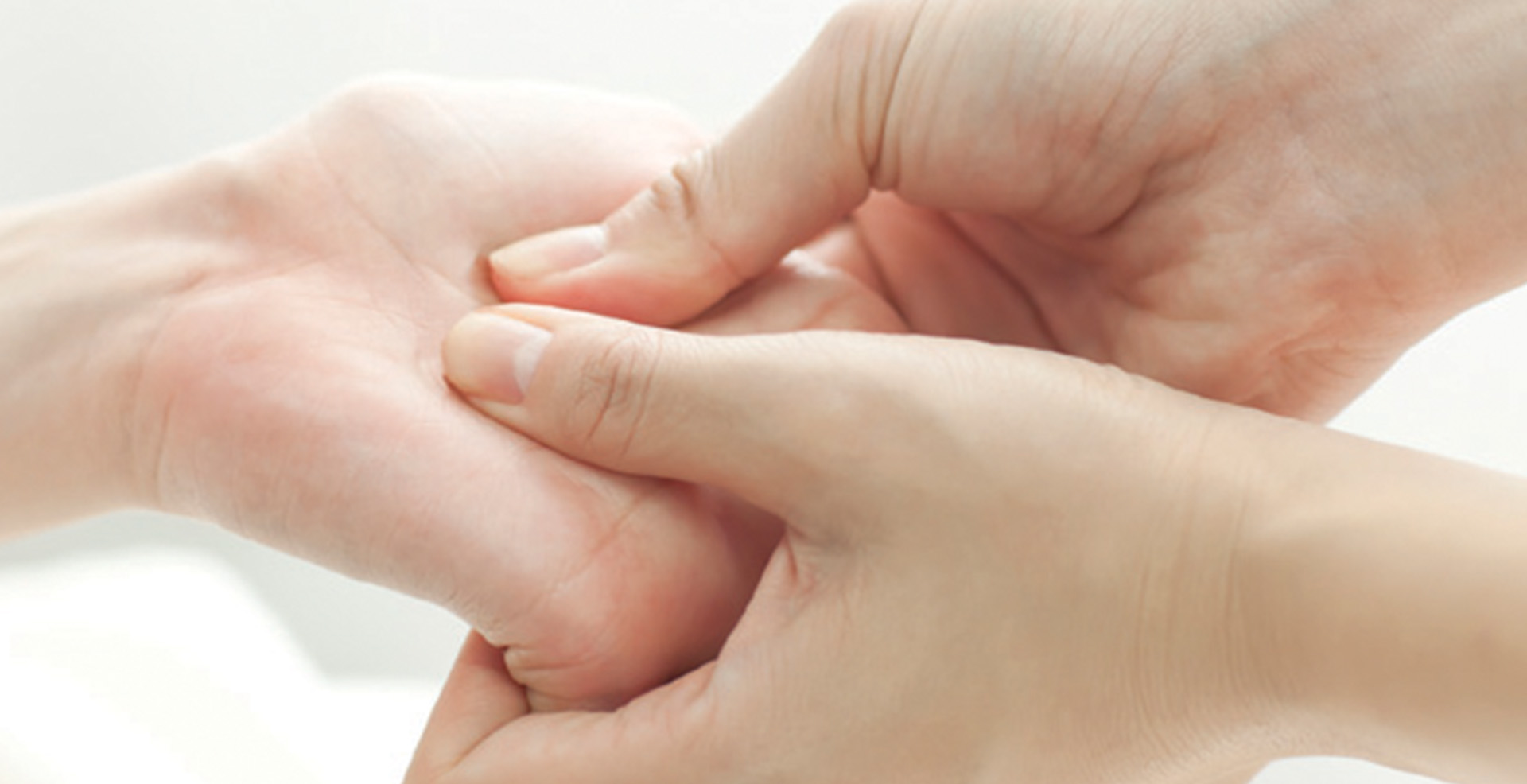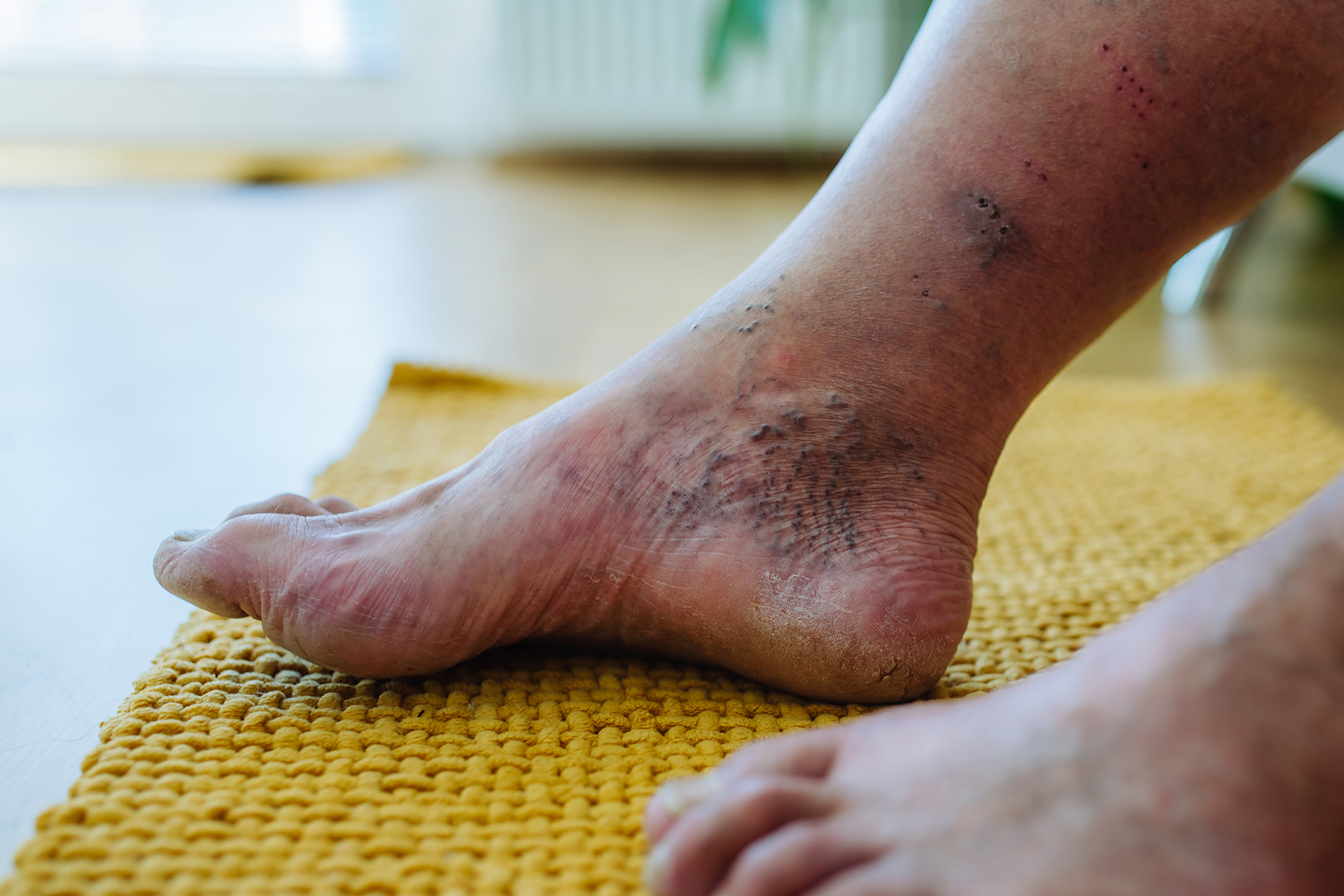Finger numbness can be a frustrating and sometimes alarming symptom that affects many people. Whether it’s a temporary inconvenience or a chronic issue, finding effective treatment is crucial for maintaining quality of life. In this comprehensive guide, we’ll explore the various causes of finger numbness and discuss evidence-based strategies for treatment and long-term management.
Understanding Finger Numbness
Finger numbness, also known as paresthesia, is characterized by a tingling sensation, loss of feeling, or “pins and needles” feeling in one or more fingers. It can be caused by a variety of factors, including nerve compression, poor circulation, injury, or underlying medical conditions such as diabetes or carpal tunnel syndrome.
Diagnostic Process
If you’re experiencing persistent finger numbness, it’s important to consult a healthcare professional for an accurate diagnosis. Your doctor may perform a physical examination and recommend diagnostic tests such as nerve conduction studies, electromyography (EMG), or imaging tests like X-rays or MRI scans to determine the underlying cause.
Home Remedies and Self-Care Techniques
While treatment for finger numbness depends on the underlying cause, there are several self-care techniques that may help alleviate symptoms. Gentle stretching exercises can help relieve nerve compression, while improving circulation through regular exercise and proper ergonomics can also be beneficial. Additionally, certain dietary changes and supplements, such as vitamin B12 or magnesium, may help support nerve health.
Medical Treatments
Medical treatments for finger numbness vary depending on the underlying cause. If nerve compression is the issue, treatments may include splinting, physical therapy, steroid injections, or surgery to relieve pressure on the affected nerve. For circulatory issues, medications or vascular procedures may be recommended to improve blood flow to the fingers. It’s important to discuss treatment options with your healthcare provider to determine the most appropriate course of action for your specific condition.
Alternative Therapies
In addition to conventional medical treatments, some people find relief from finger numbness through alternative therapies such as acupuncture, chiropractic care, or massage therapy. While the evidence supporting these therapies varies, many individuals report subjective improvements in symptoms. It’s essential to consult with a qualified practitioner and discuss any alternative therapies with your healthcare provider before trying them.
Lifestyle Changes for Long-Term Management
Making lifestyle changes can play a significant role in managing and preventing finger numbness in the long term. This includes maintaining a healthy lifestyle with regular exercise, proper ergonomics at work and home, and stress management techniques such as yoga or meditation. By taking proactive steps to support overall health and wellness, you can reduce the likelihood of recurrent finger numbness episodes.
Takeaway
Finger numbness treatment can be a disruptive symptom that impacts daily life, but effective treatment options are available. By understanding the underlying causes of finger numbness and exploring various treatment strategies, you can take control of your symptoms and improve your quality of life. Remember to consult with a healthcare professional for personalized advice and guidance tailored to your individual needs.






